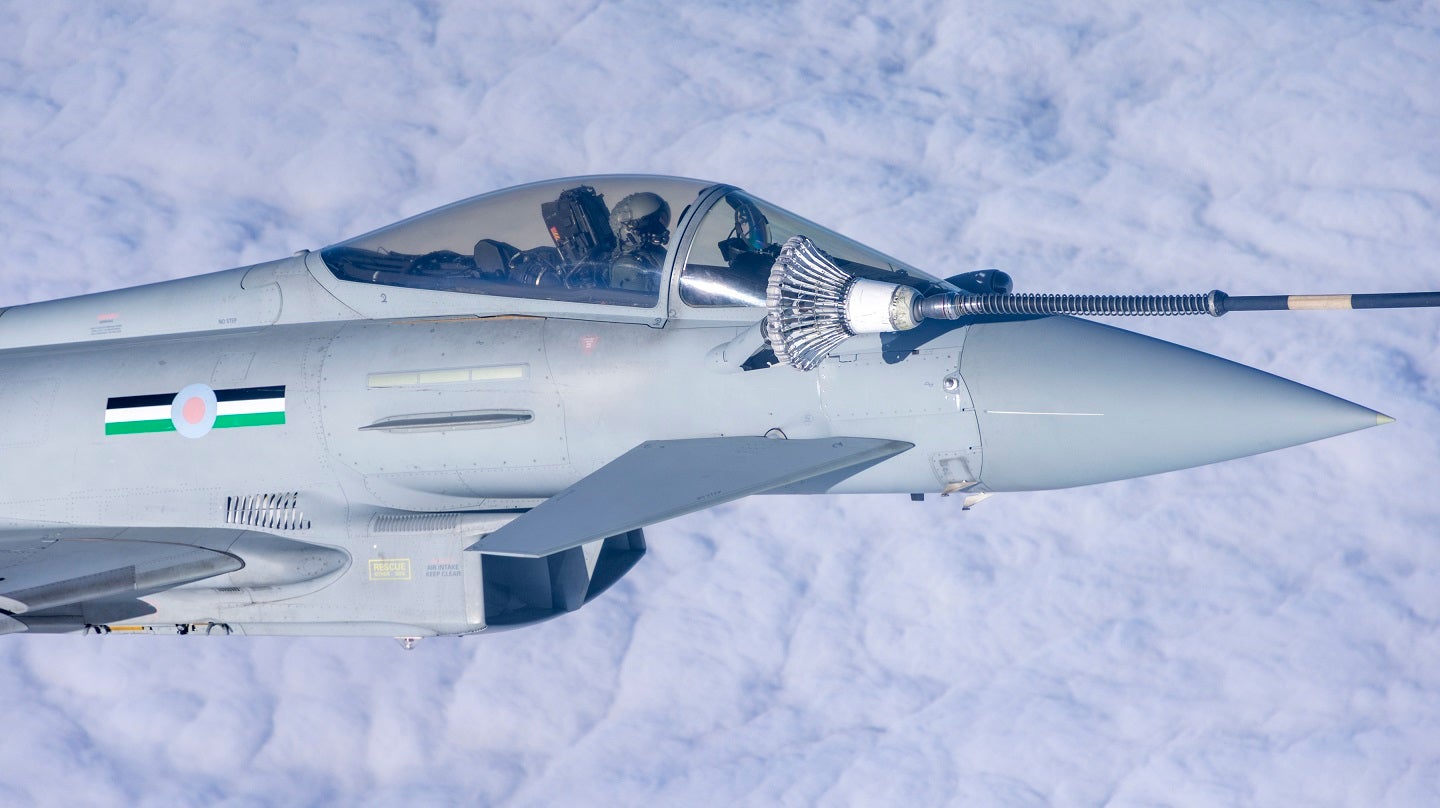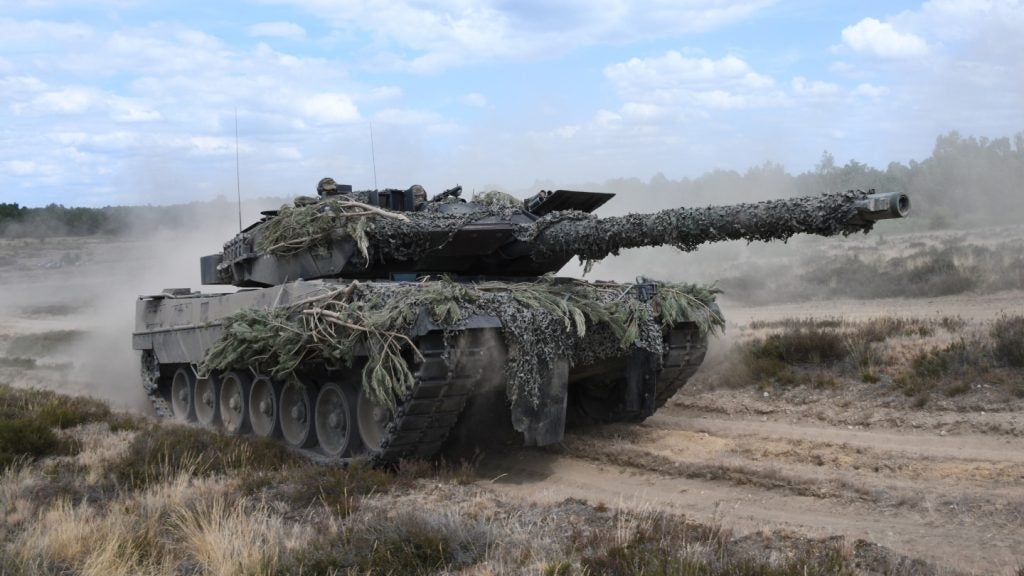
Defence industry and services are increasingly focussed on the needs to play their part in the drive to reduce carbon emissions in a bid to reach national net zero targets, while also ensuring that corporate social responsibility goals are met amid societal expectations. Victoria Doherty, group head of Client Engagement: Sustainability & Electrification at QinetiQ, examines how the sector is moving towards these goals and the challenges it faces.
The scientific consensus is clear – human impact is playing a significant role in rising temperatures across the planet. To limit environmental damage, protect key human and natural systems and reach Net Zero by 2050, the global business community needs to take a more proactive role in reducing waste and emissions.
Militaries in particular have a significant responsibility towards achieving this global aim, with estimates indicating that between one and five percent of all global emissions could be attributed to the armed forces. This is equivalent to an annual 2.2 billion metric tonnes, making the industry one of the world’s largest single contributors to greenhouse gas emissions. However, trading survivability for sustainability is not a sacrifice that can be made, so it is essential that the militaries find new ways to limit these emissions and embrace innovative technology for future capabilities.
Fuel security is directly linked to national security as today’s militaries are reliant on existing infrastructure and fuel systems in order to maintain their normal day-to-day operations. Without the use of conventional liquid fuels, militaries would find themselves unable to field the majority of their land, air and sea capabilities. Hydrocarbon fuels from traditional sources such as crude oil, natural gas and coal are advantageous due to energy density, cost, resilience, and their applicability to existing military and civilian infrastructure. So remain the single most effective fuel source to meet the majority of defence needs.
However, this poses a significant question for military leadership and governments. How can we continue to maintain maximum operational efficiency and capability, while driving down carbon emissions?
One solution lies in the development of alternative fuel sources, and both governments and private companies are investing heavily to find potential options. This includes electric, and innovations around ‘drop-in’ liquid fuels that can be used as a substitute, in-part or in-full, for conventional fuels. Organisations are already starting to explore the potential of these alternatives, with Porsche spearheading the use of synthetic fuel having recently opened an e-fuel plant in Chile.
Advancements in Electrification
Despite infrastructure challenges, and potential negative environmental outcomes in the supply chain, electrification – the use of batteries rather than liquid fuels – can help to provide some reduction in emissions. Increasingly, militaries are examining their entire systems to explore where electrification can be used without causing performance loss, and where it might create new opportunities.
One such domain is land; where size, weight and power (SWaP) requirements are more forgiving. For example, QinetiQ recently worked with AM General to create an electrified version of the HUMVEE (High Mobility Multipurpose Wheeled Vehicle). The production of this versatile land combat vehicle, capable of tackling complex threats whilst minimising the impact on the environment, is a powerful demonstration of how militaries can prioritise both performance and sustainability through electrification. In the air domain, various large electric uncrewed aerial vehicles (UAVs) are being evaluated by several Nato militaries and have been trialled by humanitarian organisations to help with resupply, the distribution of emergency provisions and casualty evacuation.
There is also electrification potential in the naval domain, with ships dating back to WW1 using ‘turbine–electric’ transmission – electric generators that were powered by steam. The Royal Navy’s Queen Elizabeth-class aircraft carriers use hybrid propulsion systems that utilise a combination of electric motors fed by gas turbines and marine diesel engines. Marine electrification is facing rapid development in the civil space, with several electric ferries, cruise ships and cargo ships now operating around the globe. Traditionally, marine vessels have been a major contributor to military emissions, requiring large quantities of fuel to remain operational and travelling at sea for long-periods of time. The successful electrification of systems, and in some cases entire vessels, means that moving forward emissions can be minimised without a tangible impact on performance.
Innovations in Sustainable Aviation Fuel
Sustainable Aviation Fuel (SAF) – sometimes referred to as ‘synthetic’ or ‘synthesised’ aviation fuel – is an umbrella term covering a range of reduced carbon fuels, created by various ‘production pathways’. SAF has a similar chemical composition to the conventional jet fuel used in current systems and is therefore a suitable ‘drop-in’ fuel source that can be used without the need for any modifications to infrastructure. It is not carbon neutral, so not a definitive solution but although emission reductions vary from one fuel to another, carbon savings of SAF are typically anywhere between 50-80% when compared to A1 jet fuel. There are also reductions in other kinds of lesser- known (but still harmful) emissions, such as sulphur and particulates.
In the UK, an equal split of SAF and standard A1 jet fuel has been approved for use in existing engines and systems while further testing and safety certifications are ongoing to approve a higher percentage of SAF in the mix. With such a notable carbon saving, the adoption of SAF will allow militaries to cut emissions while maintaining full functionality and performance with the added advantage of avoiding the need for any significant upgrades to existing infrastructure.
In summary
Clearly, there are several potential options for militaries to begin reducing their overall carbon emissions but this will be a progressive journey rather than an overnight transformation. While the trials and adoptions of recent innovations have demonstrated distinct benefits in harnessing new technologies and creating new fuels, meeting the needs of civil society and defence will require both dedication and long-term investment.
In the future fuel landscape, defence will largely depend upon technological developments in the civil space, along with the development of sustainable infrastructure. Alone, the defence industry cannot generate enough demand to change the priorities of civil fuel manufacturers and technology developers and defence must therefore remain a ‘fast follower’ and be ready to build on and implement future civil technology advancements.









Related Company Profiles
QinetiQ Group Plc
AM General LLC